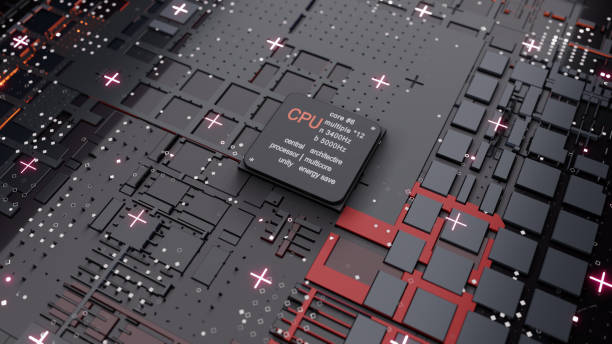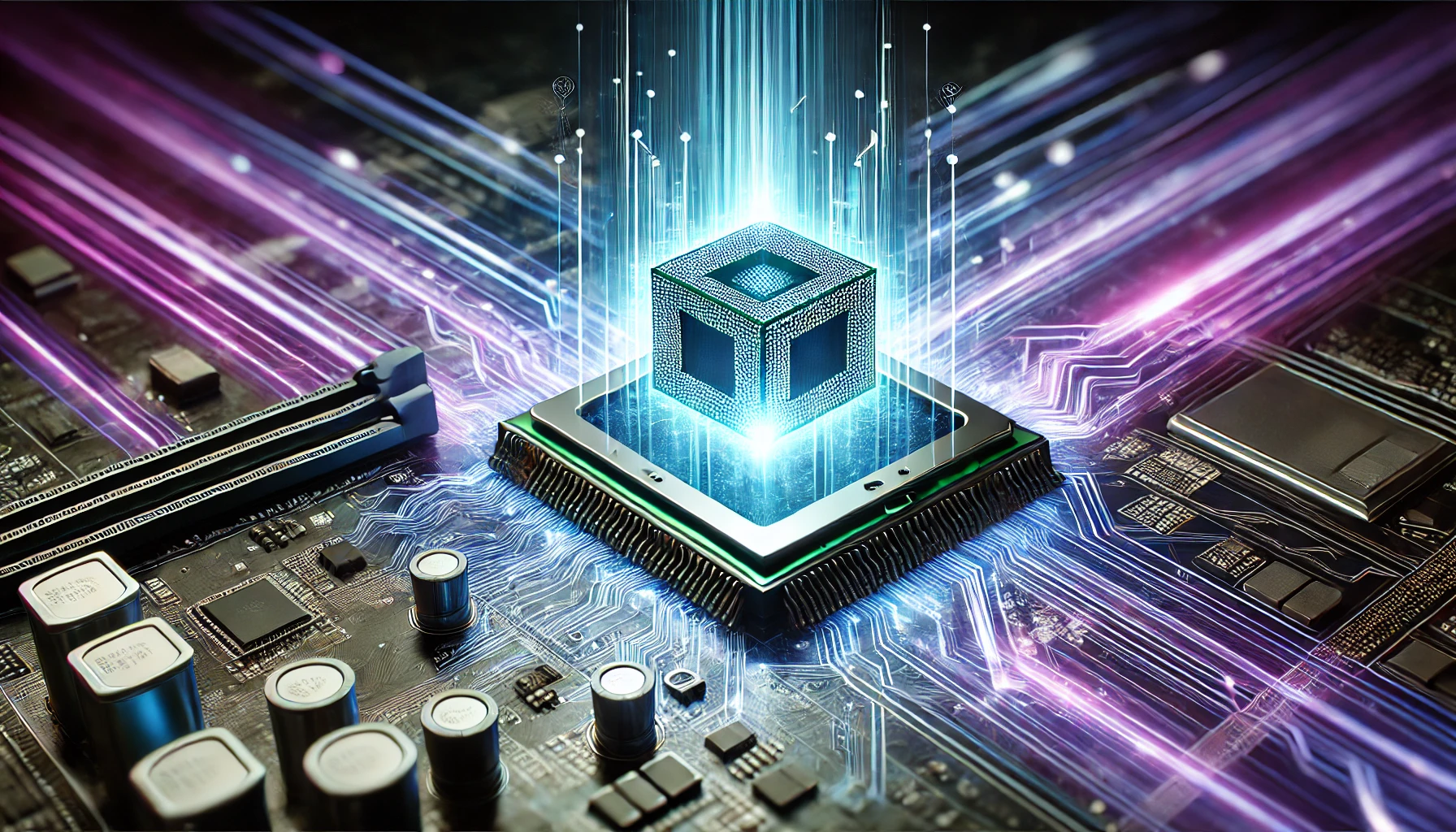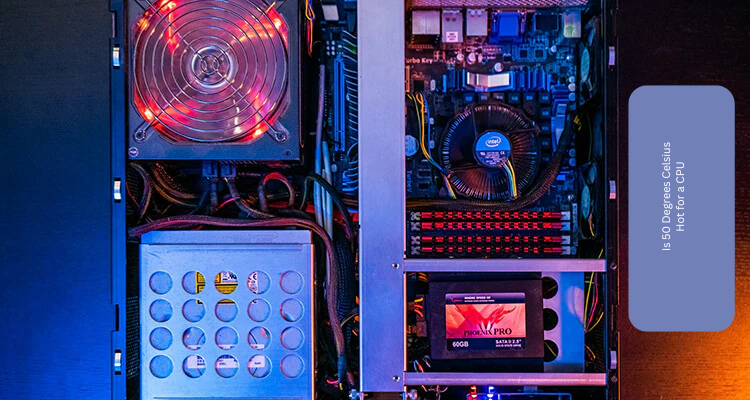Introduction
Is your Frigate NVR system eating up too much CPU and slowing everything down? You’re not alone. High CPU usage is a common issue with AI-powered surveillance setups. The good news? There are proven ways to reduce Frigate Reduce CPU Usage without compromising detection quality or video performance.
Whether you’re running Frigate on a Raspberry Pi or a powerful dedicated server, this guide shares 10 practical tips to help you optimize Frigate’s performance, reduce resource consumption, and improve your system’s stability.
Why CPU Usage in Frigate Matters
Frigate uses real-time object detection through AI models, which can be CPU-intensive, especially when handling multiple high-resolution camera feeds. If CPU usage stays high, you may face:
- Laggy live streams
- Missed motion alerts
- Overheating systems
- Shorter hardware lifespan
By applying the right tweaks, you’ll enjoy:
✔️ Smoother live video
✔️ Accurate detections
✔️ Lower power usage
✔️ Improved system longevity
10 Proven Ways to Reduce Frigate CPU Usage
1. Enable Hardware Acceleration
Offload video decoding from the CPU to the GPU. This is the most impactful tweak.
yamlCopyEditffmpeg:
hwaccel_args: preset-vaapi
Supported hardware acceleration options:
- Intel Quick Sync:
preset-intel-qsv - NVIDIA NVDEC:
preset-nvidia - AMD VAAPI:
preset-vaapi
⚠️ Make sure your drivers and hardware support these features.
2. Fine-Tune Detection Settings
Lower the resolution and frame rate of detection streams to save processing power.
yamlCopyEditdetect:
width: 1280
height: 720
fps: 5
3. Use Substreams for Detection
Run object detection on low-res streams while recording high-res video separately.
yamlCopyEditcameras:
front_door:
ffmpeg:
inputs:
- path: rtsp://192.168.1.100:554/lowres
roles: detect
- path: rtsp://192.168.1.100:554/highres
roles: record
4. Limit Detection Zones
Avoid scanning the full frame by defining motion zones only where activity matters.
yamlCopyEditzones:
driveway:
coordinates: 100,100,100,500,500,500,500,100
5. Adjust Motion Sensitivity
Prevent false detections and unnecessary CPU usage with smart motion settings.
yamlCopyEditmotion:
threshold: 25
contour_area: 50
Advanced Optimization Techniques
6. Use Efficient Detection Models
The right detection model can dramatically reduce CPU usage.
| Model | CPU Load | Accuracy |
|---|---|---|
| ssdlite_mobilenet_v2 | High | Medium |
| efficientdet_lite0 | Medium | High |
| yolov5n (Coral TPU) | Very Low | Very High |
If available, go for Coral TPU + yolov5n for best performance.
7. Optimize FFmpeg Input Arguments
Tweak FFmpeg for lower decode stress:
yamlCopyEditffmpeg:
input_args: -avoid_negative_ts make_zero -fflags nobuffer -flags low_delay -strict experimental
8. Set Detection Schedules
No need to run AI 24/7. Schedule detection only during active hours.
yamlCopyEditdetect:
enabled: True
schedule:
- hours: 7-22
9. Upgrade Hardware if Needed
If software tweaks aren’t enough, consider hardware upgrades:
- Google Coral TPU – Huge CPU relief
- Intel 7th+ Gen CPUs – Quick Sync support
- NVIDIA GPUs (Tesla T4, etc.) – For decoding multiple 4K streams
10. Monitor and Adjust Regularly
Use built-in tools to track Frigate performance and detect resource bottlenecks:
bashCopyEditfrigate-stats --cpu --memory --detection
Make changes based on live performance data.
Frigate Performance: Before vs. After Optimization
| Optimization Step | CPU Usage Before | CPU Usage After |
|---|---|---|
| Default Settings | 95% | – |
| + Hardware Acceleration | 95% | 45% |
| + Substreams | 45% | 25% |
| + Coral TPU | 25% | 5% |
Results depend on hardware specs and number of cameras.
Frequently Asked Questions
Q1: Will lowering resolution affect detection?
A: Slightly, but using substreams balances performance and quality.
Q2: How much CPU does each camera need?
- 5–15% (CPU decoding)
- 2–5% (hardware acceleration)
- <1% (Coral TPU)
Q3: Can Frigate run on a Raspberry Pi?
Yes, but limit it to 1–2 cameras and use a Coral TPU for efficiency.
Q4: My CPU is still high — why?
Check for missing GPU drivers, excess background apps, or too many high-res feeds.
Q5: Should I turn off motion detection?
No, just optimize it. Disabling it defeats Frigate’s core function.
Final Thoughts
Learning how to reduce Frigate CPU usage is a game-changer for your smart surveillance setup. The key actions—hardware acceleration, substreams, and Coral TPU integration—offer the biggest impact. Small changes like motion tuning and detection schedules also contribute to a smoother, efficient system.
Apply these tips, monitor your performance, and enjoy a more responsive and cost-effective NVR experience.




